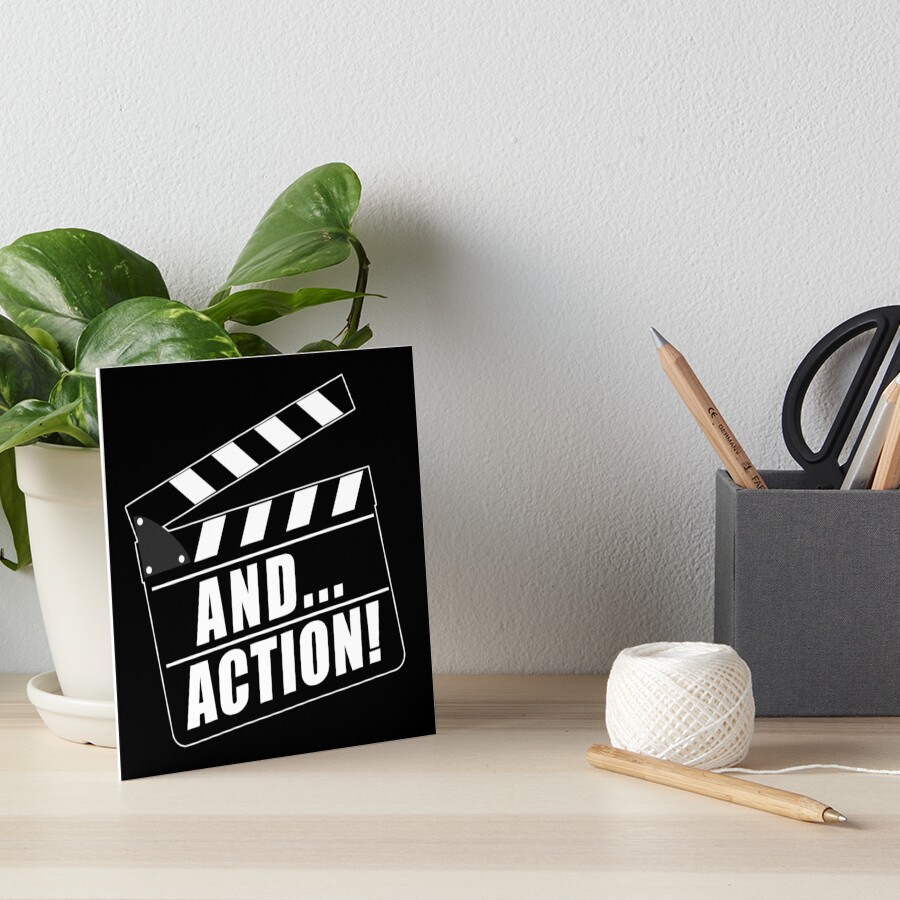What is an action sentence you say?
An action sentence is a concluding sentence reinforcing your key message and calling for an affirmative action. Let’s call it a clincher sentence because it commits the reader to some action.
A clincher sentence is a sound bite, communicating a nugget of wisdom. It’s a memorable point that may linger in your learner’s mind after they’ve finished reading your modlette.
Want to know how to write these powerful sentences?
Examples of clincher sentences:
In his memoir My Father, the Pornographer, Chris Offult ends most chapters with excellent clincher sentences.
For instance, the ending of the 4th chapter gives an insight into the son’s relationship with his father:
“(…) I realise the landscape would always hold me tight, that I could never escape, that in fact what I loved and felt most loyal to were the wooded hills, and not my father.”
And the 23rd chapter ends as follows (note: cons refers to conventions where his father’s fans would gather).
“Dad seldom left the house over which he held utter dominion. When he did leave, he went to cons, an environment that assuaged his ego in every way. He grew accustomed to these two extremes and became resentful when his family failed to treat him like fans did. We disappointed him with our need for a father.”
Ouch. We disappointed him with our need for a father.
If writing was a boxing match, the clincher sentence would be the knockout blow.
But how do you deliver a killer punch?
How to write a clincher sentence
To write a clincher sentence, you first must know your key message.
So, think about this: if learners would remember one thing from your modlette, what would it be?
If you can’t think of the key message, your objective might still be a little fuzzy. Let it simmer for a while, and then revisit. Which question do you want to answer? What problem do you help solve?
What is your key learning?
To get unstuck, use one of these sentence starters to help formulate your key point:
- In conclusion (or ultimately) … add your final say on the topic or sum up your argument
- Remember … remind learners of your key learning – sometimes you only need to rephrase an earlier statement.
- Your action: … tell learners what to do with your learning.
- Your takeaway: … sum up the main point learners should remember.
